Tired of Rats? A Pro’s Honest Guide to What Actually Works
I’ve spent a couple of decades in the pest management world, and if there’s one thing I know, it’s rats. I’ve seen them in dusty attics, damp crawlspaces, and pretty much everywhere in between. Let’s get one thing straight: rats are brilliant survivalists. That’s why a single, simple trick rarely gets the job done for long.
In this article
So many people ask me about natural ways to keep them out. And I get it—you want to avoid harsh chemicals, especially if you’ve got kids or pets running around. The good news? Some natural methods can definitely help. The bad news? They aren’t the magic wand solution you might be hoping for. They’re more like one tool in a much bigger toolbox.
Think of your home as a fortress. Natural repellents might be the guards on the wall, but they’re not much use if the front gate is wide open. Before we even get into the popular remedies like peppermint oil, we need to talk about building that fortress. This is the foundation of ALL effective rat control, and honestly, it’s where 90% of your success will come from.
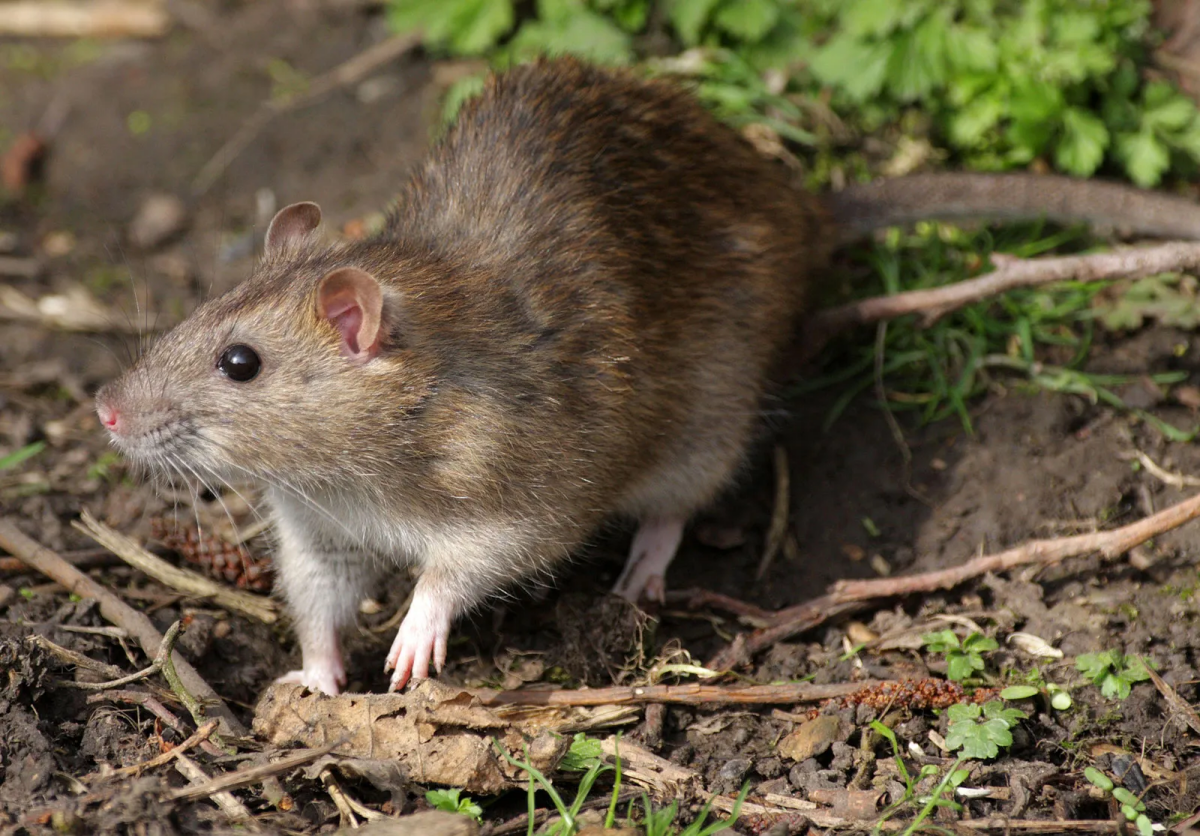
First, Know Your Enemy: Rat Behavior 101
To beat ’em, you’ve got to understand ’em. Rats experience the world through a super-powered sense of smell. It’s how they find that one crumb you missed under the stove. This is the whole reason scent-based repellents exist—the goal is to overwhelm their most critical sense and make an area feel unsafe.
They also have a strong fear of new things, which the pros call neophobia. When you first put down a repellent or a trap, they’ll avoid it simply because it’s new. This is why a lot of products seem to work for a day or two! But rats are smart. Once they realize that new smell isn’t going to hurt them, they get used to it (this is called habituation) and go right back to their old ways. That’s why long-term solutions are key.
Who’s in the House? Norway vs. Roof Rats
It also really, really helps to know which type of rat you’re dealing with. In most places, it’s one of two main culprits, and they have very different habits.
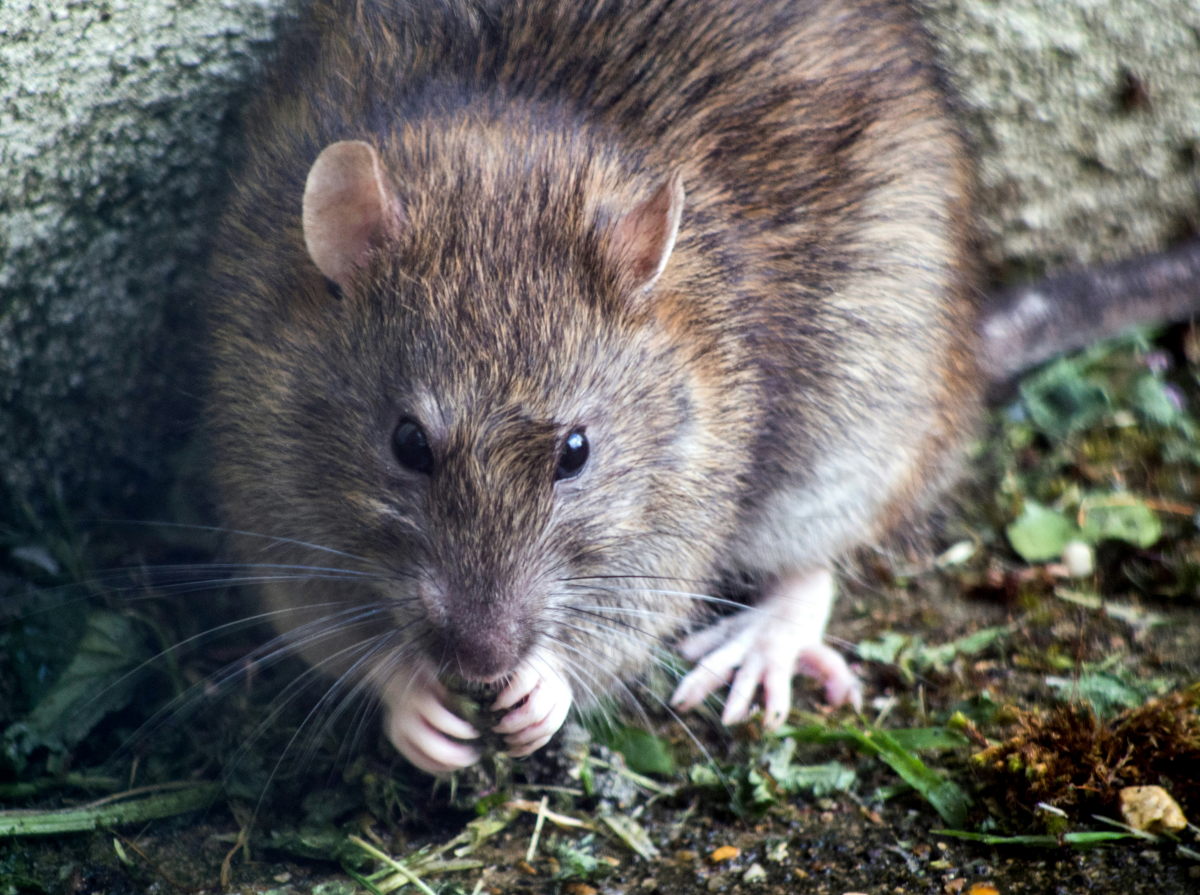
- Norway Rats: These are the bigger, bulkier guys, often called sewer rats. They’re burrowers, so you’ll find their mess in basements, crawlspaces, and at ground level. They’re great swimmers but pretty clumsy climbers.
- Roof Rats: These are sleeker, smaller rats with big ears and extra-long tails that help them balance. As the name implies, they are phenomenal climbers. If you’re hearing noises in your attic, ceiling, or walls, it’s probably these guys.
Good to know: The easiest way to tell them apart without a face-to-face meeting is by what they leave behind. Yes, I’m talking about poop. Roof rat droppings are smaller and have pointy ends, like little spindles. Norway rat droppings are larger and more pill-shaped, with blunt, rounded ends. It’s not glamorous, but it’s a game-changing clue that tells you where to focus your efforts.
Your Weekend Fortress Plan: The REAL Solution
I can’t say this enough: no repellent on earth will work if rats have an open invitation to your home. Before you spend a single dollar on sprays or oils, you have to do the hard work of sealing entry points and cleaning up. This is the only path to a long-term fix.

Block out a solid weekend afternoon for this. A thorough inspection can take an hour or two, minimum, so put on some old clothes and grab a good flashlight.
Step 1: The Hunt for Entry Points
Rats can flatten their bodies and squeeze through holes you wouldn’t believe. A young rat needs a gap the size of a quarter; an adult can get through a half-dollar-sized opening. Your mission is to walk the entire perimeter of your home, inside and out. A little mirror on a stick can be a huge help for seeing behind things.
Check these common weak spots:
- Where utility lines (gas, electric, water, AC) enter the house
- Gaps in the foundation or siding
- The seal under your garage door
- Uncapped roof vents or damaged soffits
- Any gap you can fit a pencil into is a potential doorway!
Step 2: Seal the Gaps (The Right Way)
Once you’ve found the holes, you have to seal them with materials rats can’t chew through. Heads up! Don’t just use spray foam or caulk; they’ll treat it like a light snack. You’ll need to head to a hardware store like Home Depot or Lowe’s.

Your shopping list:
- Coarse Steel Wool: About $5 for a multi-pack. It irritates their teeth and they hate chewing it.
- Hardware Cloth (1/4-inch mesh): A small roll costs around $15-$20. It’s perfect for covering larger vents or holes.
- Mortar or a good sealant: For a permanent fix.
A great pro-tip is to use a combination. Stuff a hole tightly with steel wool, then seal over it with mortar or cover it with a securely fastened piece of hardware cloth.
Step 3: Close the All-You-Can-Eat Buffet
Rats are there for food, water, and shelter. Take those away, and your home becomes a much less desirable place to live.
DO THIS TODAY: Go find your bag of pet food or birdseed. I guarantee it’s in a paper or thin plastic bag. Go put it in a hard plastic tote or a metal container with a lid that seals tightly. You just removed a massive welcome sign for rats. It takes five minutes and makes a huge difference. Also, don’t leave pet food bowls out overnight!
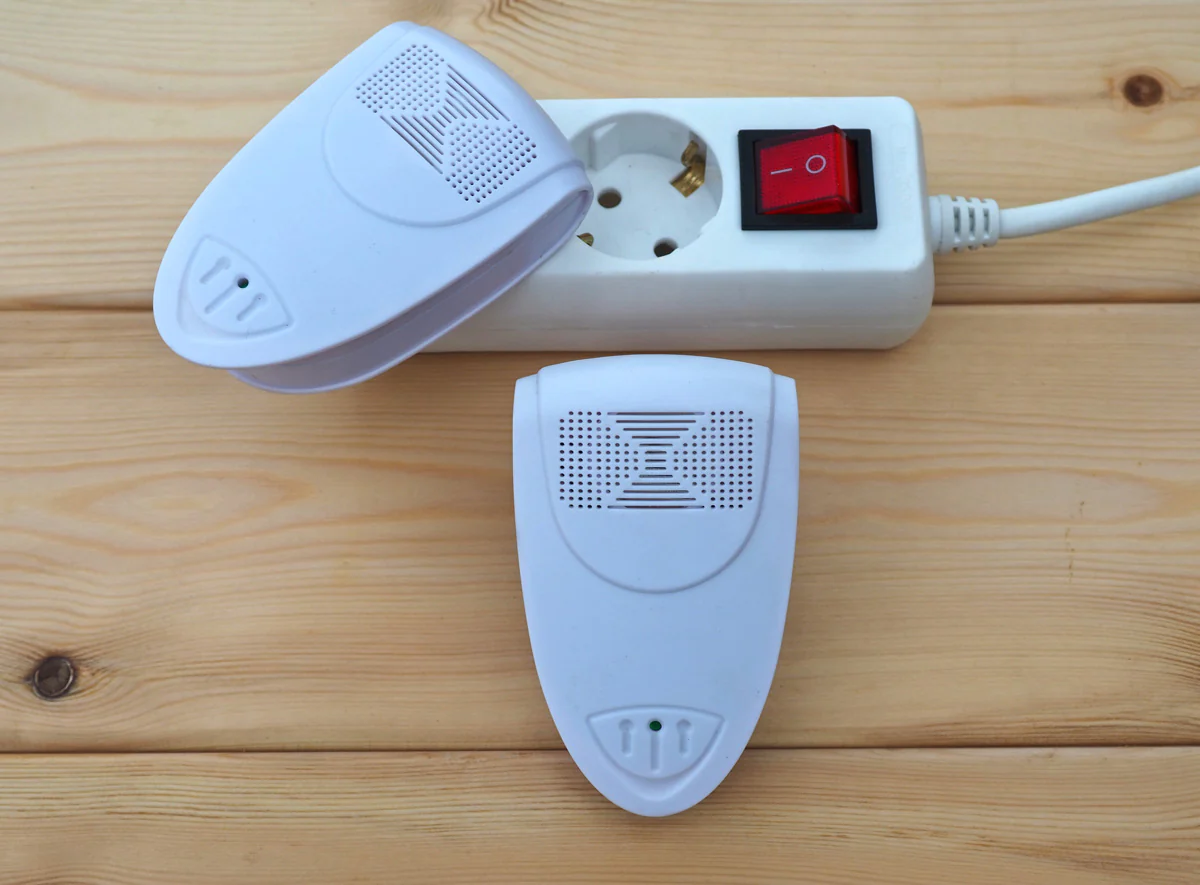
Fix leaky faucets, clean up clutter in the yard where they can hide, and trim back any tree branches that touch your roof. With the fortress sealed and the buffet closed, we can finally talk about repellents.
So, Do Natural Repellents Actually Work?
Okay, now that the real work is done, let’s look at the repellents themselves. These are best used in small, enclosed spaces where the scent can get really concentrated, like inside a cabinet or a storage box. They’re pretty useless in a big, open basement.
Peppermint & Clove Oil
The strong menthol in peppermint and eugenol in clove oil are irritants to a rat’s sensitive nose. In my experience, I’ve never seen these oils solve an established infestation. I once consulted for a homeowner who had diffusers running all over—the house smelled fantastic, but the rats were just using different routes to avoid the smell.
If you want to try it, get 100% pure essential oil (the craft store stuff is too weak). Fully soak some cotton balls and place them in the back of drawers or cabinets. The critical part? You have to replace them every 2-3 days. The scent fades fast.
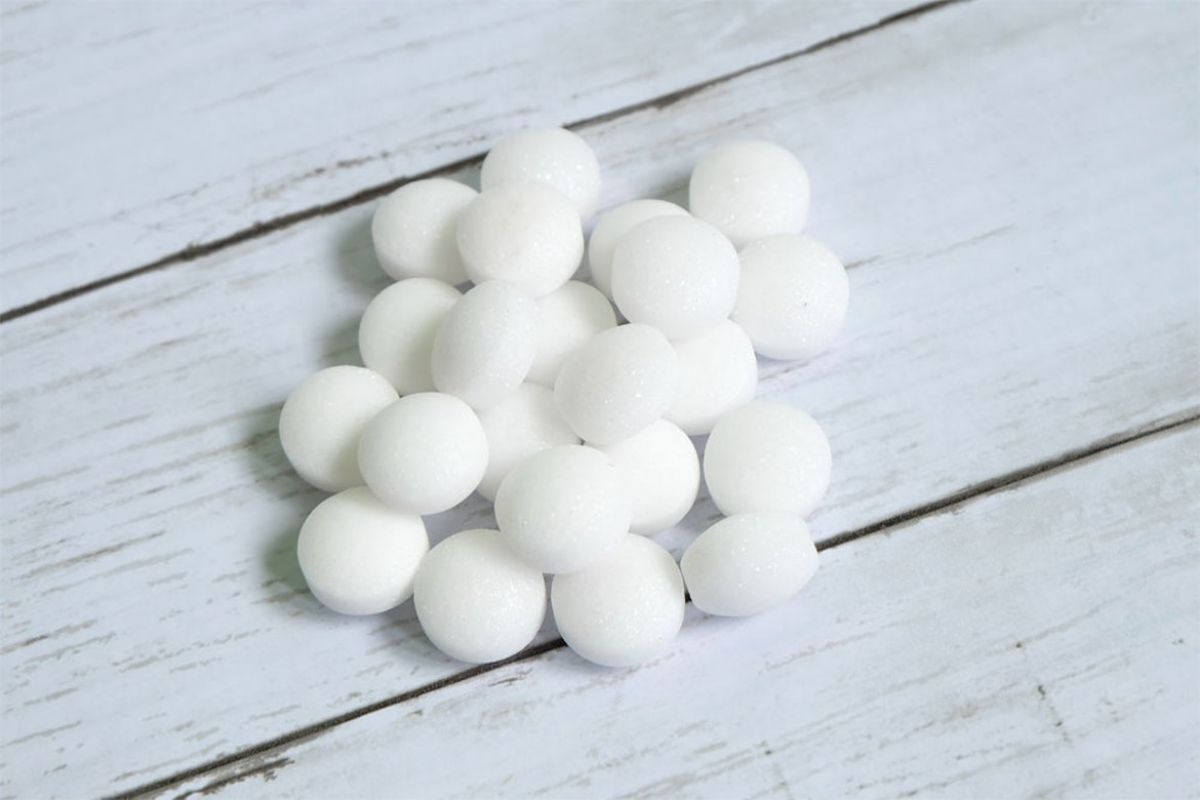
Heads up for pet owners: Many essential oils, including peppermint, can be toxic to cats and dogs if ingested or inhaled in high concentrations. Birds are also extremely sensitive. It’s best to avoid them in any areas your pets can access.
Spicy Pepper (Capsaicin)
This can be a bit more effective because it causes actual physical discomfort, not just a bad smell. You can find commercial sprays or make your own by mixing hot pepper powder (like cayenne) with water and a drop of dish soap. This is best used as a barrier outdoors, like on the tires or (cool) engine wiring of a car that’s getting chewed. Be warned: it washes away easily and needs constant reapplication. And please, wear gloves and a mask if you’re mixing it—that stuff is no joke for humans, either.
Mothballs & Ammonia: Just Don’t.
Let me be direct. Do not use mothballs for rat control. It is an illegal and dangerous misuse of a pesticide. Government safety agencies are very clear on this. The toxic fumes are seriously harmful to people and pets and can cause long-term health damage. Any pro will tell you to get them out of your house immediately.

Ammonia is another one I see people try. The theory is that it smells like predator urine. In reality, the overpowering fumes are more likely to give you a headache than scare away a determined rat. The risks to your own respiratory system just aren’t worth it.
What About Those Ultrasonic Plug-Ins?
Ah, the ultrasonic repellers. They’re marketed as the ultimate hands-off solution. The hard truth, backed by university studies and my own eyes, is that they are not an effective long-term solution. Rats get used to the sound, and the high-frequency waves are easily blocked by furniture and walls. I’ve pulled these devices out of homes where rats were actively nesting just a few feet away. My advice? Save your money. That $30 is much better spent on a roll of hardware cloth.
Your Final Action Plan
Effective rat control is about layers. Once you’ve sealed the house, trapping is the most direct way to handle any rats already inside. Repellents won’t make them leave a home they’ve already set up.

Classic wooden snap traps are cheap and incredibly effective. To beat their fear of new things, bait the traps but leave them unset for a few days. Let them get comfortable taking the bait. Oh, and about bait… peanut butter is okay, but rats can often lick it off without setting off the trap. Try using something sticky they have to tug at, like a small piece of a Slim Jim or chocolate. Even a bit of cotton or dental floss works wonders, as they’ll try to pull it away for nesting material.
Lesser-known trick: Get a cheap UV blacklight online. Rat urine glows bright under UV light. You can turn off the lights and shine it along your baseboards to see their secret highways. It’s a fantastic way to know exactly where to place your traps.
When It’s Time to Call a Professional
You can do a lot on your own, but sometimes you need to call in the cavalry. It’s time to call a pro if:

- You see rats during the day (a sign of a large infestation).
- You find chewed electrical wires (a serious fire hazard).
- You’ve sealed everything and the problem is getting worse.
- You live in an apartment or condo, where the issue is likely building-wide.
So, what should you budget for? Expect a professional inspection to cost somewhere between $150 and $300. A full-service job, including exclusion and trapping, can run from $500 to a few thousand dollars for a really complex situation. But a good pro will solve the core problem for good.
Ultimately, keeping your home rat-free is about being diligent. It’s not about finding a magic spray; it’s about building a solid defense and removing their resources. Take a layered, smart approach, and you’ll win the battle.
Galerie d’inspiration
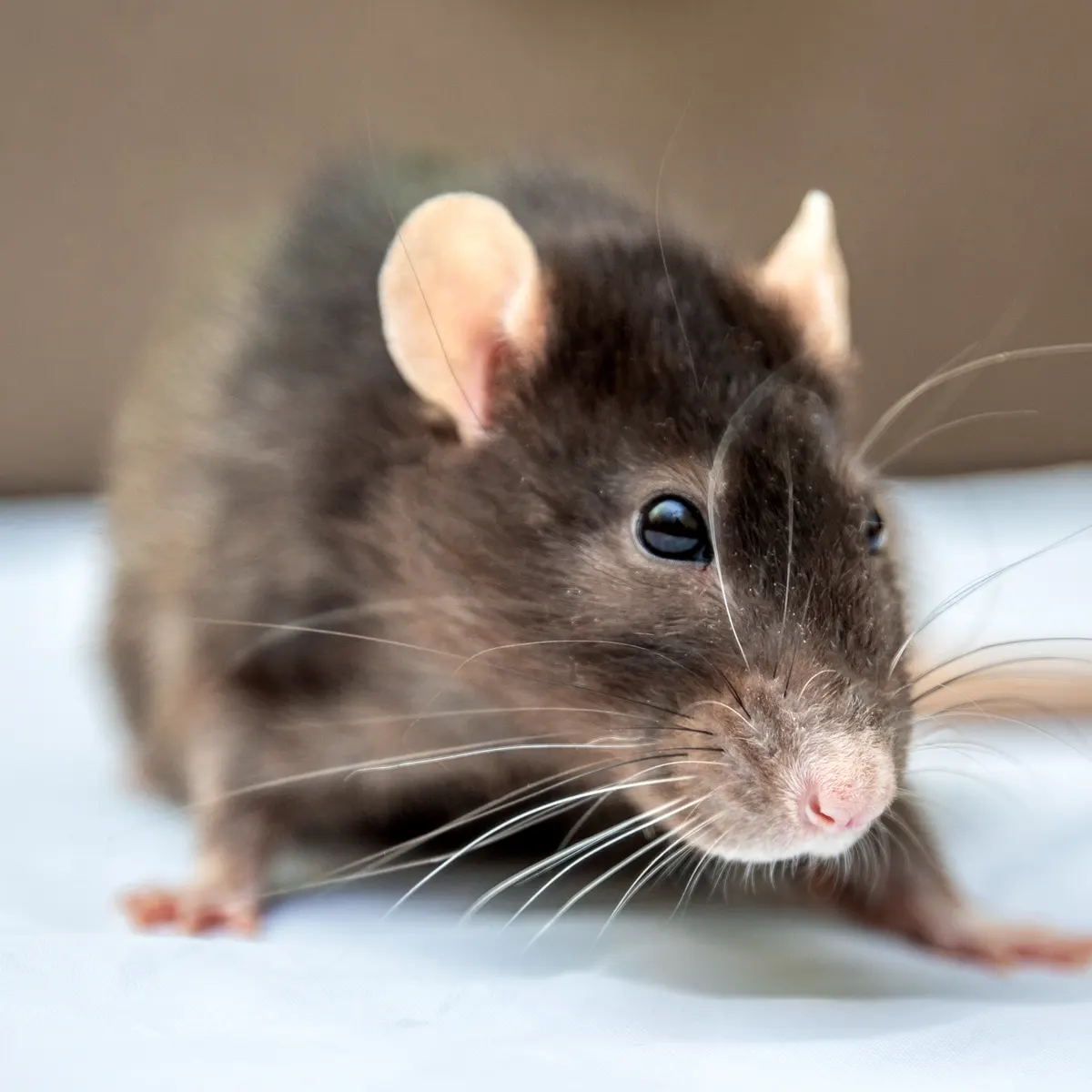
Steel Wool: The classic, budget-friendly choice for plugging holes. It’s easy to pack into small gaps, and rats despise chewing through it. Its major weakness, however, is rust. When exposed to moisture from outside or under a sink, it will corrode and eventually fail, reopening the very path you sealed. Best for dry, indoor spots only.
Copper Mesh: This is the professional’s go-to for a reason. Copper doesn’t rust, making it a permanent, weatherproof solution for exterior gaps, weep holes, and spaces around pipes. It’s more expensive upfront, but investing in a quality roll from a brand like Xcluder® saves you from having to do the job twice.










